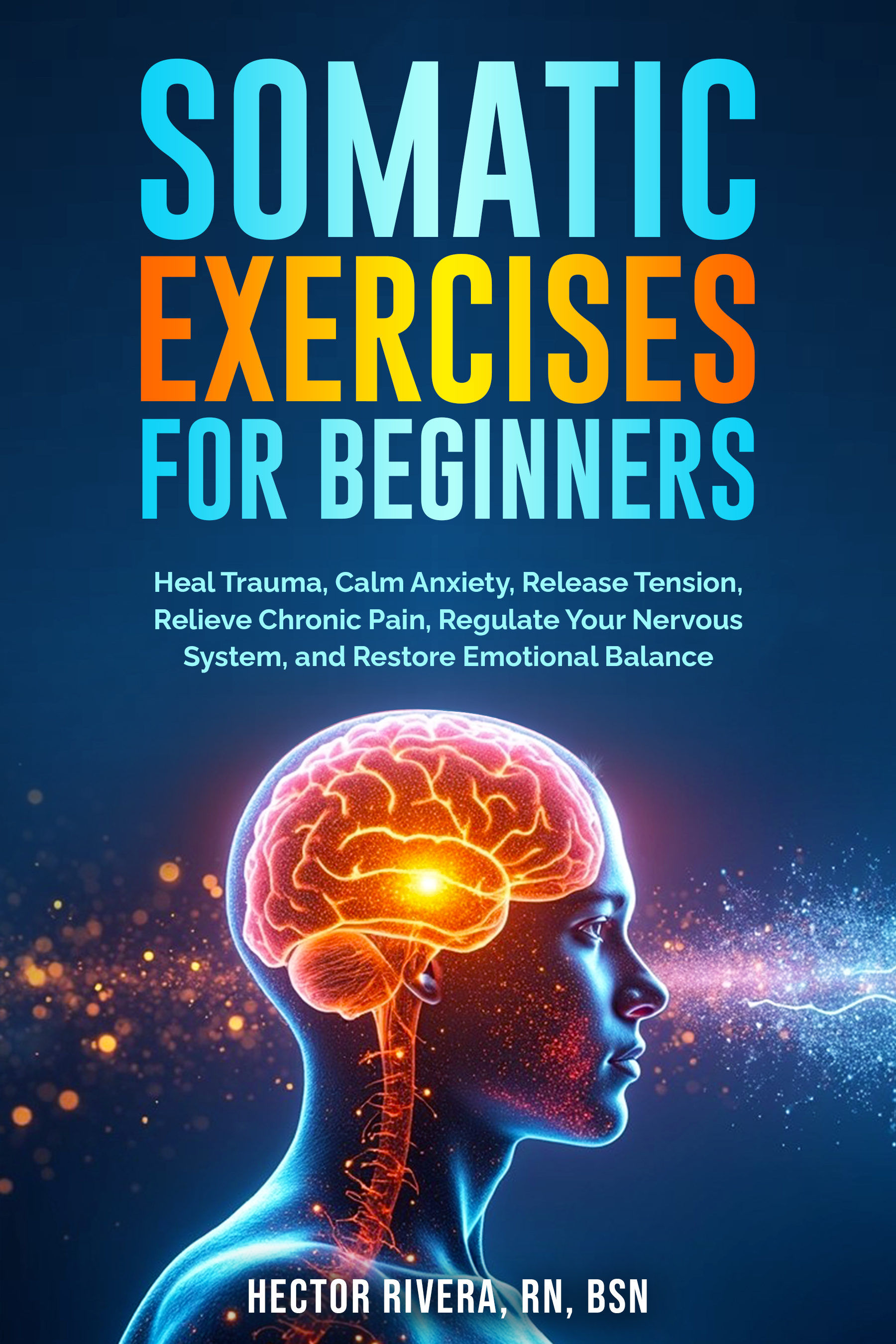Do Somatic Exercises Work? A Real-World Look

Do somatic exercises work? Photo location: Roatán, Honduras — via MiPuebloNatal.com
Do Somatic Exercises Work? Why They’re More Than a Passing Trend?
Suppose you’ve been hearing more about somatic exercises lately. In that case, you might be wondering, Do somatic exercises work, or are they just another wellness trend? I’ve seen plenty of fads come and go. Still, somatic exercises stick around for a reason — they help people reconnect with their bodies in a way that’s practical, sustainable, and deeply personal. Somatic exercises aren’t about chasing perfection or trying to force your body into a “better” position. They’re about noticing what’s going on inside — your breathing, muscle tension, and the way you move — and then making minor adjustments that help you feel more at ease. That shift might sound subtle, but over time, it can have a significant impact on how you carry yourself throughout the day.
Why They Matter
Most of us go through our days without paying much attention to our bodies unless something hurts. By then, we’re often already dealing with tight shoulders, a stiff lower back, or a constant sense of being wound up. Somatic exercises offer a way to recognize tension earlier and release it before it develops into pain or exhaustion.
That early release can be especially valuable if you’ve been through periods of high stress, injury, or trauma. Your body has its memory, and it can hold onto those experiences in ways you might not even realize — through bracing muscles, shallow breathing, or moving in guarded patterns. Somatic exercises gently break those patterns, helping your nervous system relax and return to a state of balance.

How They Work
Instead of focusing on “working out” a muscle group, somatic exercises ask you to slow down and pay attention. You might do something as simple as lying on the floor and noticing how your back feels against it, or moving your head side to side while letting your breath guide the pace.
That kind of mindful awareness is the key. You shouldn’t do the exercises on autopilot. The more you tune in, the more your brain and body can relearn natural, efficient movement patterns. That’s why practitioners often use them in physical therapy, sports training, and trauma recovery. — They don’t just treat symptoms; they help change the underlying habits that cause them.
The Research Side
Science is starting to catch up to what somatic practitioners have known for years. Studies have shown that somatic-based methods can enhance mobility, alleviate chronic pain, and reduce stress levels. Research shows that slow, mindful movement can help regulate the autonomic nervous system, the part of your body that controls both the fight-or-flight and rest-and-digest responses.
For example, people with chronic back pain have reported lasting relief after practicing gentle somatic routines for just a few weeks. Others have found that their balance, coordination, and flexibility improved without pushing their bodies to the limit.
Real-Life Benefits
In daily life, somatic exercises can help you:
- Release muscle tension before it becomes painful
- Breathe more fully without forcing it
- Move with less effort in everyday activities
- Recover more quickly after physical strain or stress
- Stay grounded during emotionally intense moments
These benefits aren’t just for people dealing with pain or injury. Athletes, musicians, and dancers often use somatic work to fine-tune their performance. Office workers use it to break up long hours at the desk. Parents use it to stay calmer and more present with their kids.
What They’re Not
It’s important to note that somatic exercises aren’t a cure-all. They won’t replace medical care when it’s needed, and they won’t give you overnight results. They also require a certain level of patience — the changes build gradually, which can be frustrating if you’re used to fast, dramatic outcomes.
But for those willing to slow down and practice, the shifts are often deep and lasting. It’s not just about moving differently; it’s about living differently.
Getting Started
If you’re curious to try them, you don’t need any special equipment or a big chunk of time. You can start with short, simple movements that fit into your day:
- Body Scan – Take a minute to notice any areas of tightness or discomfort. Simply observing them without judgment can help them release their emotions.
- Gentle Neck Rolls – Gently move your head in small, circular motions, paying attention to the sensations in your neck and shoulders with each turn.
- Breath Awareness – Rest your hand on your belly and feel it naturally rise and fall with each breath, without attempting to change it.
Practicing these for just a few minutes a day can start building awareness and ease into your routine. Over time, you’ll likely notice your body naturally choosing less tense, more efficient ways to move.
So, Do Somatic Exercises Work?
When people ask me, “Do somatic exercises work?” I tell them this: they work as much as you work with them. They’re not about willpower or pushing harder — they’re about showing up consistently, paying attention, and letting your body guide the process. For many, the results are life-changing, even if they happen quietly and gradually.
When you commit to the practice, your body becomes lighter, your movements flow more easily, and your mind grows calmer — benefits that far outweigh any quick-fix promise.
Bringing It Into Your Life
The biggest takeaway is to integrate somatic exercises into your daily life, rather than treating them as a separate “to-do.” Take a moment to pause while making coffee to notice your stance. Take a slow, conscious breath before answering the phone. Check in with your shoulders when you’re stuck in traffic.
These micro-moments of awareness add up, teaching your body to stay balanced and relaxed without constant effort. The more you weave them into your day, the more you’ll see the benefits — not just in how your body feels, but in how you move through the world.
Sources:
- Harvard Health – What Is Somatic Therapy?
- Verywell Health – Somatic Therapy: Exercises and Stretches
- Prevention – How Somatic Exercises Benefit Pain, Strength, and Stress
- OnePeloton – 6 Ways Somatic Movement Helps Body and Mind
- NCBI (PMC) – Somatic Experiencing Reduces PTSD and Improves Well-Being
- Warwick University Blog – Somatic Practice and Chronic Pain Benefits
- Popsugar (News) – Somatic Training: A Stress-Relief Movement Trend
Medical Disclaimer: The information on this website is for educational purposes only and is not a substitute for professional medical advice, diagnosis, or treatment. Always consult a qualified healthcare provider with any questions you may have about your health or a medical condition. Never ignore professional medical advice or delay seeking it because of something you have read here.

